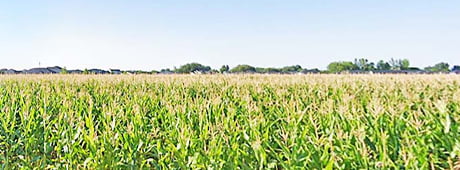No products in the cart.
Star—Spotlight City

Amid Change, Helpfulness
By Carver Stellmon
The valley lay thick with trees. Entangled willows and choking cottonwoods diffused from the banks of the Boise River to mix with sage and the occasional pine that stretched to a checkerboard of new crops and grasslands on the horizon. This labyrinth of foliage was disorienting, even for those who followed a singular road westward. Travelers moved in a daze.
Behind them, somewhere, was Fort Boise, and beyond that, beyond memory for many, were New York, Philadelphia, Dublin, Oslo, Lisbon, or whatever city these pioneers once called home. All those places were in the East and in the past. The path forward, the future for those who now trudged wearily along the earthen road, was known simply as the West.
With a direction as their destination, you might assume it would be a simple thing for the pioneers to find their way. They’d just orient themselves and go. In reality, to make their way west the travelers needed markers, one of which could be found on the western edge of the Boise Valley. As the band of weary migrants edged away from the safety of Boise, they looked longingly for their next marker, their next indication that they were on the right trail. They thought of it as a star.
This guiding star that hundreds of pioneers sought was actually a schoolhouse. On the front door, a worker had fashioned a wooden star to adorn the school’s entrance. This easily recognizable star became a beacon of safety and refuge for travelers heading west. The settlers knew that the school with the star meant they could rest, resupply, and recover within the welcoming embrace of the residents of the farming community, which soon would take the name of its iconic marker, Star.
Life in Star in the late 19th Century was characterized by hard work and a strong sense of community. The settlers who called Star home were primarily farmers, ranchers, and tradespeople. The fertile land along the Boise River was ideal for agriculture, and the early residents took full advantage, cultivating crops such as wheat, barley, and potatoes.
Dairy farming was also common, and it wasn’t unusual to see families tending to their cows and chickens, ensuring they had fresh milk and eggs.
This content is available for purchase. Please select from available options.
Purchase Only
Purchase Only

